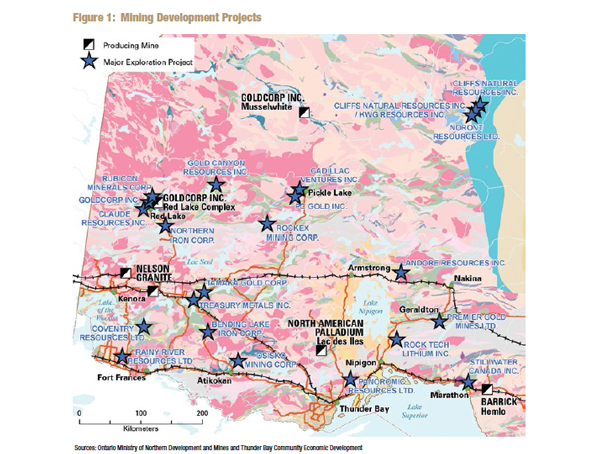NetNewsLedger Politics 2.0 | Fact Check & Policy Contrast
TERRACE, BC – Conservative Leader Pierre Poilievre is promising to break down what he calls a “lost Liberal decade” of bureaucracy with a sweeping new proposal: the “One-and-Done” rule for resource project approvals. His plan would create a single federal office to oversee all environmental and regulatory reviews—setting strict one-year deadlines and immediately green-lighting ten stalled projects, including LNG Canada Phase II.
But do Poilievre’s claims about delays, lost opportunity, and Liberal interference hold up? And how does his vision for Canada’s energy and resource future stack up against the Liberal Party under Mark Carney and the New Democrats under Jagmeet Singh?
Here’s NetNewsLedger’s Politics 2.0 fact check and cross-party comparison.
 Fact Check: Are Resource Projects Stalled by Liberal Red Tape?
Fact Check: Are Resource Projects Stalled by Liberal Red Tape?
Claim: “Projects are stuck for years due to bureaucratic chaos.”
Reality:
-
Many of the 10 projects Poilievre cites have indeed been under review for multiple years, some since 2017.
-
Much of the delay is tied to federal-provincial coordination, environmental assessment complexity, and legal duty to consult Indigenous communities.
-
Critics argue the Impact Assessment Act (Bill C-69) added uncertainty, while supporters say it provides predictable timelines and ensures Indigenous and environmental concerns are addressed.
Verdict: 
Delays are real—but often caused by multiple layers of jurisdiction, not solely federal mismanagement. Poilievre’s solution simplifies, but risks bypassing critical consultation and environmental safeguards.
 What Poilievre’s Conservatives Are Promising
What Poilievre’s Conservatives Are Promising
 One-and-Done Rule
One-and-Done Rule
-
A Rapid Resource Project Office to consolidate all reviews and permits.
-
One environmental review per project, coordinated with provinces.
-
6-month target, 1-year cap on decisions.
 Immediate Project Approvals
Immediate Project Approvals
-
Fast-track 10 projects, including LNG terminals, gold and uranium mines, and critical mineral developments.
-
Repeal Bill C-69 (the Impact Assessment Act).
-
Lift emissions cap on energy production.
-
Create a Canadian Indigenous Opportunities Corporation to back Indigenous-led resource ventures with loan guarantees.
 Broader Strategy
Broader Strategy
-
Frame resource development as economic sovereignty, especially in light of Trump’s tariffs and U.S. energy policy shifts.
-
Focus on energy exports (LNG, uranium) to reduce U.S. dependence.
 How It Compares: Conservatives vs Liberals vs NDP
How It Compares: Conservatives vs Liberals vs NDP
| Policy Area | Conservatives (Poilievre) | Liberals (Carney) | NDP (Singh) |
|---|---|---|---|
| Project Approvals | “One-and-Done” single review, 1-year limit | Keep C-69, refine timelines | Add stricter environmental reviews |
| Bill C-69 | Repeal entirely | Maintain and adjust | Strengthen environmental oversight |
| LNG Canada Phase II | Approve immediately | Proceed with emissions cap | Oppose expansion of fossil fuels |
| Indigenous Involvement | Loan guarantees for Indigenous-led projects | Consultation required under C-69 | Consent-based approvals, no fast-tracking |
| Carbon Pricing | Repeal carbon tax | Maintain carbon pricing | Expand and redistribute carbon revenue |
| Energy Transition | Maximize fossil fuel exports | Net-zero by 2050, managed phase-out | End fossil fuel subsidies, invest in green economy |
| Critical Minerals Strategy | Prioritize development, reduce red tape | Support strategic resource corridors | Public ownership models for critical resources |
 What This Means for Northwestern Ontario
What This Means for Northwestern Ontario
Projects like Springpole Lake Gold, Upper Beaver Gold, the Northern Road Link, and Crawford Nickel—all located in Ontario—could see significant movement under Poilievre’s plan. Fast-tracking could spur job creation, infrastructure, and investment in Kenora–Rainy River, Thunder Bay–Superior North, and Indigenous communities along development corridors.
However, without strong safeguards, critics warn that these projects could lead to:
-
Legal challenges from Indigenous nations,
-
Environmental backlash over water, wildlife, and emissions,
-
And boom-bust cycles without long-term planning.
 Bottom Line: Speed vs. Sustainability
Bottom Line: Speed vs. Sustainability
-
Poilievre’s Conservatives offer a clear message: accelerate approvals, boost exports, and compete globally—even at the cost of environmental and social process.
-
Carney’s Liberals aim to maintain environmental protections, support resource growth with moderation, and emphasize predictability over speed.
-
Singh’s NDP reject fossil fuel expansion and push for a green energy shift—even if it means fewer mines, slower approvals, and more regulation.
For regions like Thunder Bay and Northern Ontario, the debate isn’t just about resource projects—it’s about how and for whom the next wave of development will be built.




